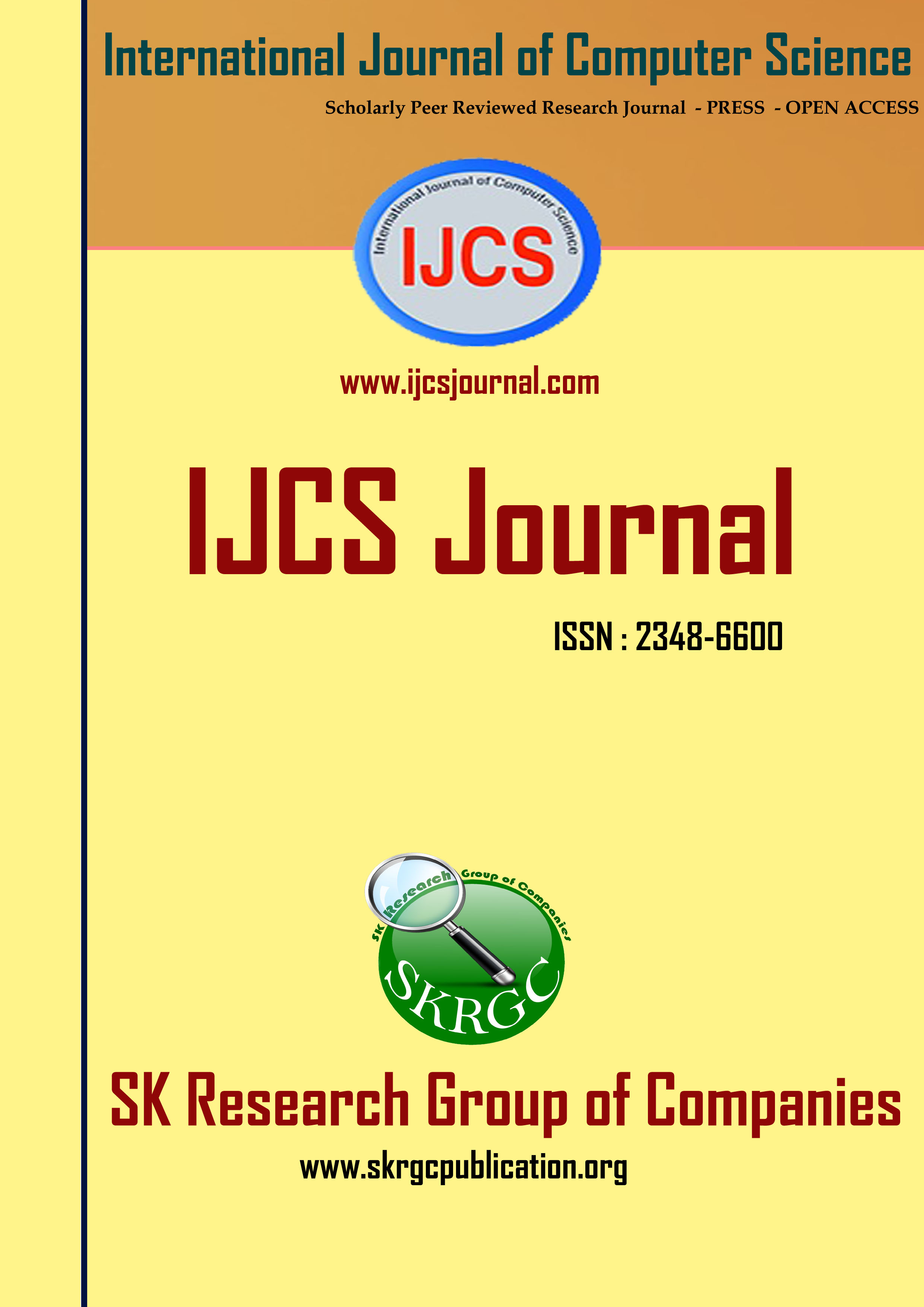Library Book Procurement Proposal System Design Using Profile Matching
International Journal of Computer Science (IJCS) Published by SK Research Group of Companies (SKRGC)
Download this PDF format
Abstract
Procurement of books in the library is an important thing to support learning activities. The availability of up-to-date and suitable book collections will greatly assist students in exploring their chosen field of science. The challenge in procuring books in university libraries is that the useful life of books is varied and can change suddenly if there is a curriculum change, the number of copies is small but very varied, the purchase of books that are not necessarily sustainable from a publisher, the selection of suppliers, book prices, and availability books, especially for imported books, as well as a lack of planning for purchasing books every fiscal year. This challenge often causes the department to prefer recommendations from lecturers who handle each subject rather than searching and tracing the quality and profile of books and publishers. The development of the proposed Purchase Proposal System for this book uses the TAM (Technology Acceptance Model).
References
[1]. Abbas Mardani, A. J. (2018). Determining the utility in management by using multi-criteria decision support tools: a review. Economic Research-Ekonomska Istraživanja , 1666-1716.
[2]. Antonio Padilla-Meléndez, Ana Rosa del Aguila-Obra and Aurora Garrido-Moreno. (2013). Perceived playfulness, gender differences and technology acceptancemodel in a blended learning scenario. Journal of Computer &Education 63, 306-317.
[3]. Astrid G. Herabadi, B. V. (2009). Consumption experience of impulse buying in Indonesia:Emotional arousal and hedonistic considerations. Asian Journal of Social Psychology , 20-31.
[4]. Catoggio, A., & Robertson, S. (2007). Strategic Procurement of Public Library Collections. Australasian Public Libraries and Information Services , 20 (1), 20-27.
[5]. Chung, N., Koo, C., & Kim, J. K. (2014). Extrinsic and intrinsic motivation for using a booth recommender system service on exhibition attendees’ unplanned visit behavior. Computers in Human Behavior , 59-68.
[6]. Crowley, E., & Spencer, C. (t.thn.). Library Resources: Procurement, Innovation and Exploitation in a Digital World. citeseerx.ist.psu.edu.
[7]. Donovan, C. A., & Smolkin, L. B. (2001, October, November, December). Genre and other factorsinfulencing teacher's book selection for science instruction. Reading Research Quarterly , 36 (4), hal. 412-440.
[8] DUNCOMBE, W., & SEARCY, C. (Summer 2007). Can the Use of Recommended Procurement Practices Save Money? Public Budgeting & Finance , hal. 68-87.
[9]. E. Ahmed1 and R. Ward. (2016). A comparison of competing technology acceptance models to explore personal, academic and professional portfolio acceptance behaviour. Journal of Computer &Education , 169-191
[10]. Efraim Turban And Linda Volonino. (2014). Technology For Management Improving Strategic And Operational Performance. John Wiley & Sons, Inc., USA.
[11]. G. Muruganantham, R. S. (2013). A Review of Impulse Buying Behavior. International Journal of Marketing Studies , 5 (3), 149-160.
[12]. GAUTAMA, E. (2017, January 31). Metode Profile Matching (Pencocokan Profil) Untuk Menghitung Gap Penilaian Dalam Pengambilan Keputusan.
[13]. Group, W. S. (2007). Procurement Models for. Whitehorse Strategic Group Ltd.
[14]. Hirooka, Y., Terano, T., & Otsuka, Y. (2001). Extending Content-Based Recommendation by Order-Matching and Cross-Matching Methods. (hal. 177-190). Springer.
[15]. Mayworm, J. G., & Farias, o. O. (2019). DMEK: Improving Profile Matching in Opportunistic Collaborations. Big Data and Urban Computing (hal. 171-184). Springer, Cham.
[16]. Laras Wiranda, Mujiono Sadikin (2020), Penerapan Long Therm Memory Pada Data Time Series Untuk memprediksi Penjualan Produk PT.Metiska Farma, Jurnal Nasional Pendidikan Teknik Informatika, JANAPATI
[18]. Slater, R. (2009). E-books or print books, “big deals” or local selections—What gets more use? Elsevier , 31-41.
[19]. Smolkin, C. A. (2002). Considering Genre, Content, and Visual Features in the Selection of Trade Books for. The Reading Teacher , 55 (6), 502-520.
[21]. Xiaomei, X. (2011). Analysis on Existing Problems and Countermeasures of Purchasing Books through Public bidding in Colleges and Universities. Journal of Qingyuang Politechnic .
[22]. Rizhul Januar Raadhan, Yaya Sudarya Trianan (2018), Application Design Of The National Book Reader Using Zahman Framework Method, Mercubuana Universities.
Keywords
Procurement, library tender, Profile Matching, Decision Support System, technology acceptance model

